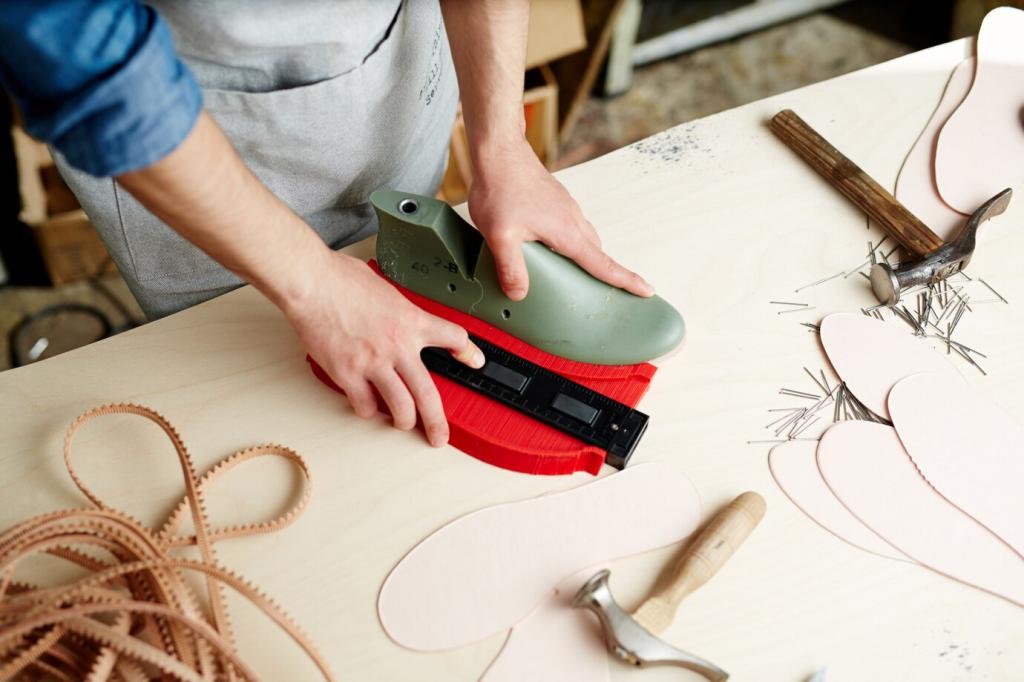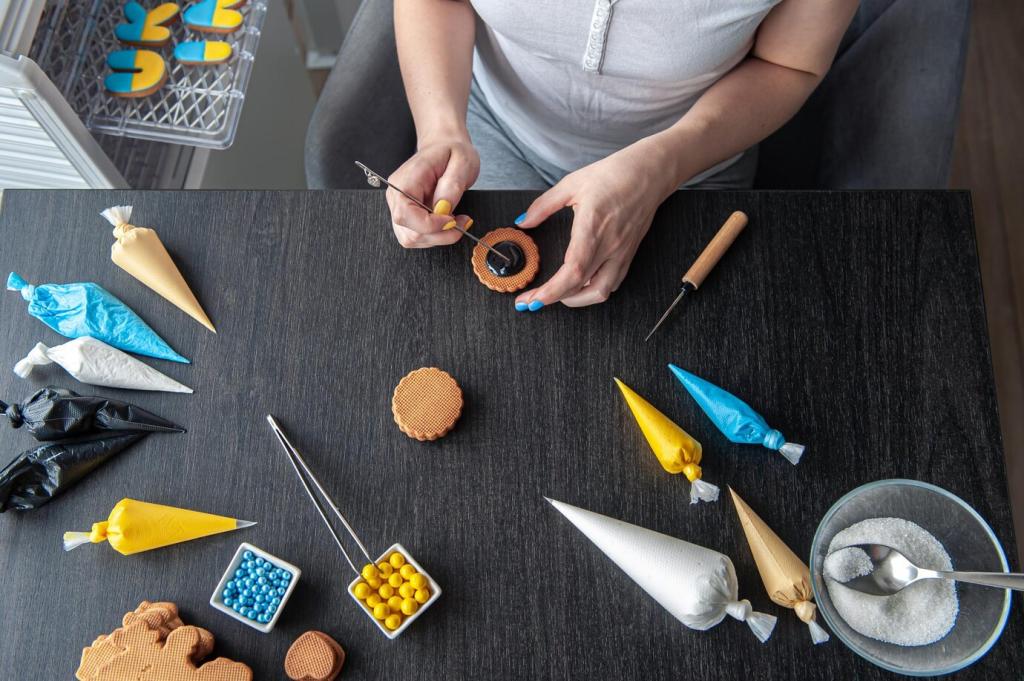Chosen theme: Choosing the Right Finish for Your Wood Projects. Welcome! If you’ve ever stared at a board wondering whether it wants oil, varnish, or something in between, this page is your friendly guide to a flawless, lasting finish.
Finish Fundamentals: Film vs. Penetrating

What Film Finishes Do
Film finishes like polyurethane, varnish, and lacquer build a protective coat on top of the wood. They resist spills, abrasion, and daily chaos, making them ideal for tabletops. Comment if you prefer water-based clarity or oil-based warmth.
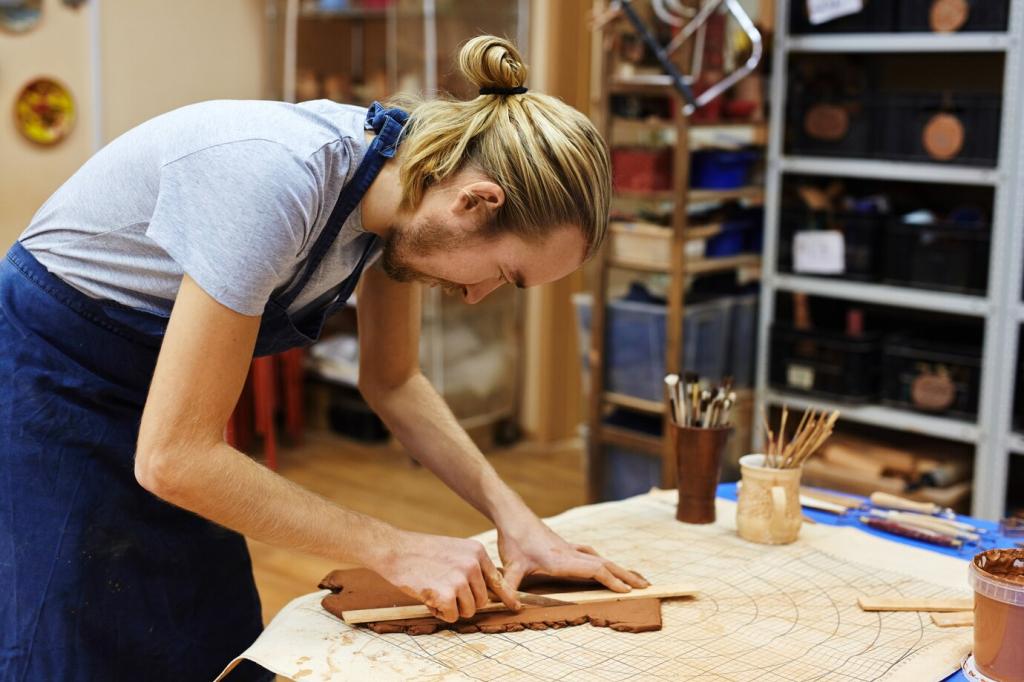
How Penetrating Oils Behave
Penetrating oils, such as tung or polymerized linseed, soak into the fibers, enhancing grain depth and tactile warmth. They’re forgiving to apply and easy to refresh. Share your favorite oil mix for outdoor handles or handrails.

When Hardwax Oils Shine
Hardwax oils balance natural feel with solid protection, especially on floors and furniture that benefit from easy spot repairs. They highlight texture without thick build. Subscribe for our upcoming comparison chart of popular hardwax oil brands.
Oak and ash have open pores that love grain filler under a film finish for glassy smoothness. Maple and cherry, being tighter grained, often look best with thin, clear coats. Tell us how you fill pores for statement tabletops.
Match Finish to Wood Species
Durability, Sheen, and Use Case
High-Traffic Surfaces
Polyurethane and conversion varnish excel on kitchen tables and desks that face spills, heat, and abrasion. Thinner wiping varnishes add control for beginners. Share your finish schedule for busy family spaces that still look elegant years later.
Sheen Psychology
Gloss maximizes depth but shows flaws; satin hides fingerprints; matte softens glare for a modern vibe. Sheen often changes the perceived color. Comment which sheen you love and why—photos welcome, especially tricky lighting situations.
Outdoor and Moisture Challenges
Exterior spar varnish stays flexible for weather changes, while penetrating oils can simplify maintenance. End-grain sealing reduces water uptake dramatically. Subscribe for our checklist on finishing garden furniture that survives sun, rain, and impatient picnics.
Application Methods that Matter
Brush for thicker builds, wipe for control and fewer drips, spray for speed and ultra-smooth surfaces. Each method favors different viscosities. Share your favorite brush or tip size so others can avoid rookie lines and orange peel.
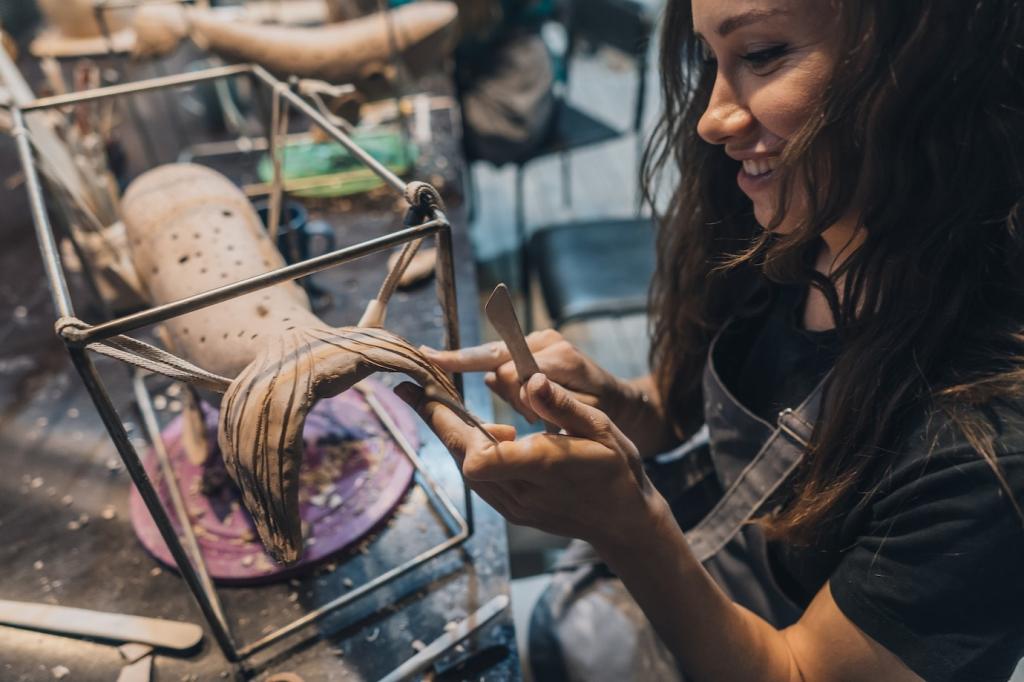
Health, Safety, and Environment
Oil-based varnishes and lacquers can emit high VOCs. Use respirators rated for organic vapors and ventilate well. Waterborne finishes reduce fumes significantly. Subscribe for our practical ventilation setup guide for small garages and basement shops.
Health, Safety, and Environment
Linseed and tung oil rags can spontaneously combust as they cure. Lay them flat to dry outdoors or submerge in water before disposal. Share this tip with a friend; it genuinely prevents fires and saves shops.

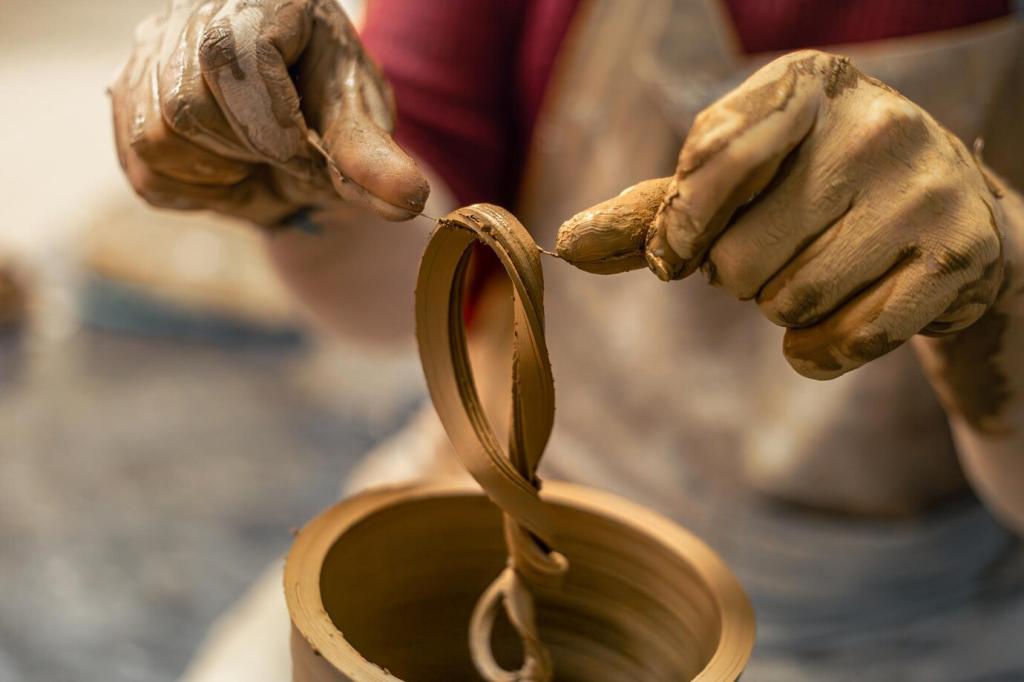
Troubleshooting and Compatibility
Defects: Runs, Drips, and Orange Peel
Warm your finish, thin appropriately, and apply lighter coats to reduce texture. Level cured problems carefully and recoat. Share your worst drip rescue story to help others breathe easier during late-night shop sessions.
Compatibility Rules to Remember
Shellac is a great universal sealer between questionable layers. Avoid spraying lacquer over uncured oil or thick polyurethane. Always test a stack on scrap first. Post your reliable finish stack so others can avoid chemistry surprises.
When to Strip and Start Over
Sometimes the best fix is a clean slate. Chemical strippers, heat guns, and patient scraping can save detail work. Subscribe for our step-by-step stripping guide, including safe neutralization and re-sanding without rounding crisp edges.

